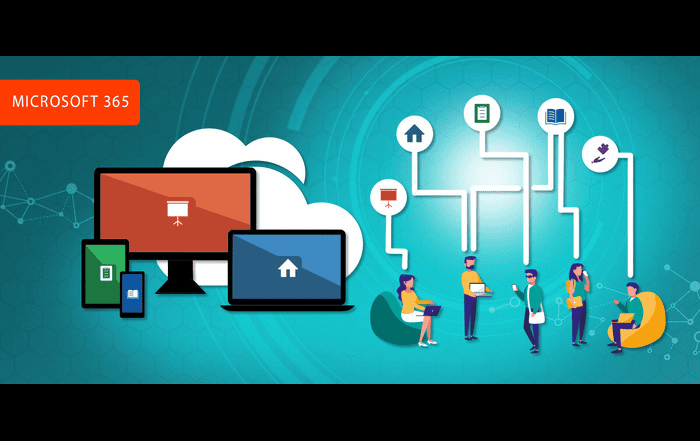
The Internet is, without any doubt, the favorite media for customers. They make more than 3 trillion searches, and it is only on Google, so the companies have found an efficient and cheap shop window for their products and services. The possibility of selling your commercial offer without owning a physical shop has made that nowadays exist more than 1.000 million webs all over the world.
The possibilities are infinite, but just like you, there are thousands of companies that want to take advantage of that media, so the competition is drastic, and you need to make a difference to achieve a good position on the search engines and that your customers visit your website and end up hiring you.
It is essential to keep in mind what is the profile of our target audience so we can differentiate from the competition. That way we will find our added value that will help us to achieve more sales. It is convenient to define in the first place the concept of the target audience. It is a group of users that are more likely to acquire our product. In other words, the group we want to seduce with our commercial offer. Identifying our ideal client will help us to make sure that the resources we spend on the online campaign and media will be efficient and well distributed.
How can we define our ideal client?
Rather than focusing on the entire group of customers, it is better to get to know your buyer persona. It is a semi-fictional client we need to create, and once we do it, we focus all our marketing strategies on that clients. How can we do it? Let’s start with responding to some questions.
What are the buyer’s demographic details? Anything you will find relevant: age, gender, location, marital status, family size, the income
What is the buyer’s role in life or work? What is needed to play that role? Is the buyer the one who take decisions? What are the buyer’s main goals and how can you help him or her to achieve it?
What are the buyer’s sources of information? What books, magazines, blogs does the buyer read? What Social Media does he or she use?
How do the buyers buy? Does he or she prefer to interact with the personal? Does the buyer search for the information on the Internet before the purchase?
Those are the principal questions you have to answer to create the profile of your buyer persona, but you can go further. The more details you have, the better the marketing campaign will you launch. And don’t forget to give a name and a photo to your buyer persona. It will make you and your employees not to think about the buyer as something abstract, but as an actual client.
What strategies should we follow?
Establishing a new action plan can be a difficult task, but once we have clear who are our customers, it will be easier for us to orientate. In the first place, we should make an external and internal analysis of our company.
Internal analysis. Making internal research of our business will help us to clarify and keep in mind our strengths and what differentiate us from the competition, like efficient production processes or attractive website. We also will get to know our weaknesses to know in which field the competition overcomes us and we need to improve it.
External analysis. It is important to control the actions of your direct competition and of the market leaders. That way we will know what strategies should we use. We could copy the strategies of the market leader or choose to follow completely different strategies to engage the clients who are not satisfied with them.
Once we made the analysis, we can choose what strategies should we follow.
Concentration strategy. Its fundament is to make all marketing actions addressed to the same segment, taking advantage of your strengths. For example, we have identified that one of our strengths is the Social Media and that we want to engage young people between 20 and 25 with a high purchasing level. In that case, we will put all of our resources on social media. This might seem to be the cheapest strategy, but there is the risk of losing other interesting segments.
Differentiated strategy. It bases on making different marketing actions for every segment. With that strategy, you will significantly decrease the risk of ignoring any target audience, but it has a higher cost.
Undifferentiated strategy. When you do not make any segmentation, and you do not choose any criteria. It bases on offering the same offer and make the same actions for everyone equally.
Of course, there are many ways to achieve separating and identifying our target audience, and there are many strategies you can follow. As your company strengthens in the market, you keep automatizing that process so it will be much more efficient and simpler.
But that’ s not all. Once you have identified the audience that your company is going to target, and the strategies to follow, you must take into account the means of communication to be used. The call center software, for example, is a really useful telecommunications tool. If your aim is to offer specialized and quality customer service, you must have a tool that allows internal business communication, and at the same time is the cornerstone for the client to contact you.








